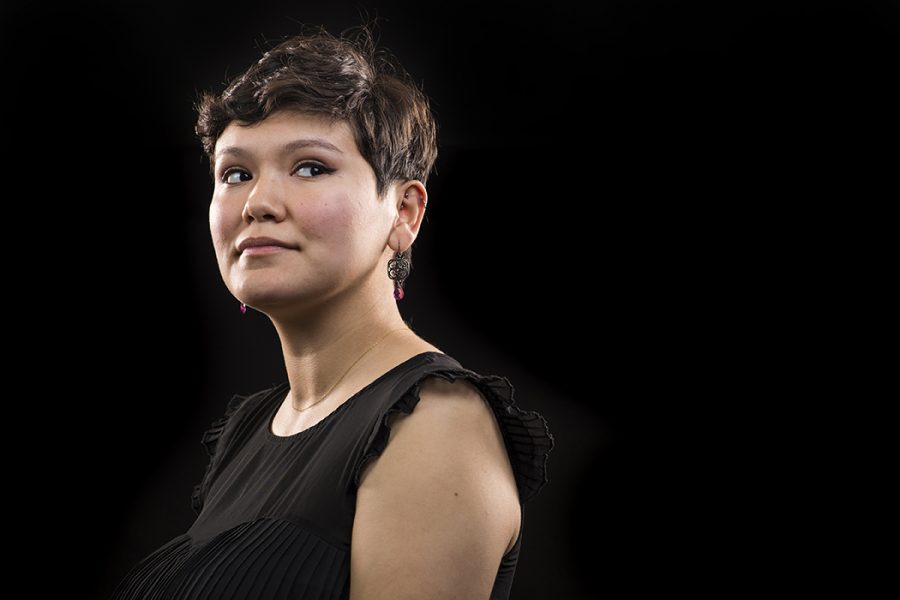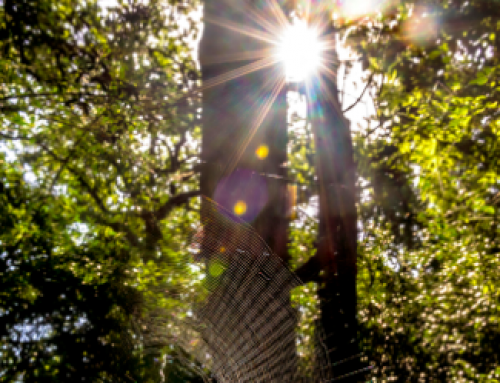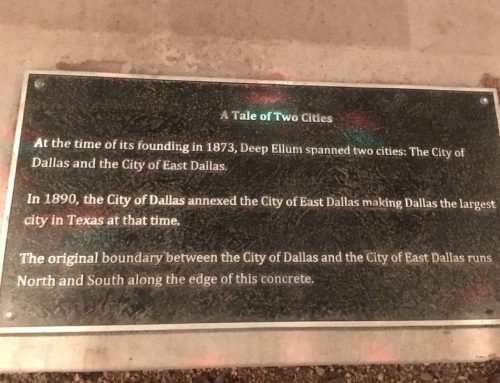
Filmmaker, student Victoria Ferrell-Ortiz
Thanks to this Dallas student.
Abuela oral histories
Victoria Ferrell-Ortiz started out interviewing her grandmother as a way to record her family’s history.
“One of the first things she said was that she’s a ‘cementera,’ ” a person from the Trinity Portland Cement company towns, says Ferrell-Ortiz.
A 24-year-old Townview Law Magnet and University of North Texas graduate, Ferrell-Ortiz was born in West Dallas and grew up in Oak Cliff, but she never knew about Cemento Grande, also known as Cement City, until that moment.
She realized she was onto a larger story than just her own family history.
Ferrell-Ortiz, along with some friends and her husband, Mesach Ortiz, wound up researching Cemento Grande’s history with the help of the Dallas Mexican American Historical League. It led them to interview six former Cement City residents.
One was Manuel Ortega, who worked at the plant and told them he started a worker’s union with the late Pedro Orozco, whose granddaughter Elsa Cadena they also interviewed.
Ortega recalled the time that toxic particles rained down on the Mexican part of town and killed all the fish in the pond. In the early days, most workers wore bandanas over their faces, and later they upgraded to dust masks.
The more the crew learned about the history of environmental racism in West Dallas, the more they realized the importance of this story.
Cement or Cement City was on the Missouri Pacific Railroad three miles west of downtown Dallas, south of the Trinity River and north of the old site of La Réunion in central Dallas County. The community was named for the two cement plants, its largest employers. Émile Remond arrived from France in 1856, acquired property in the La Réunion colony tract after it dissolved in 1857, and began a brick-making business. Because of an interest in geology he began experimenting with the white rocks on the west bank of the Trinity and discovered in the late 1880s that the area was ideal for lime and cement manufacturing. He later started the Iola Cement Plant, which existed for only a short time.—Texas State Historical Association
They named their documentary “Wela,” a variation of “Abuela,” the Spanish word for “grandmother.”
Ferrell-Ortiz found out that she has family members buried at the Camposanto Cemetery. Along with the Eagle Ford School, the hard-to-reach cemetery is one of two Cemento Grande remnants. The plant closed around 1959, and the towns were demolished.
She plans to finish the documentary and show it in West Dallas Schools.
“So that kids can realize that West Dallas has an important history in the City of Dallas,” says Ferrell-Ortiz, who is working on certification to become a middle-school history teacher. “I want them to have a lot of pride in where they’re from.”
Cement from West Dallas was used to build the Houston Street Viaduct and much of early Dallas’ infrastructure.
Ferrell-Ortiz’s “wela,” 87-year-old Lupe Barrera Chapa, moved to West Dallas from Mexico at age 15 and met her husband in Cemento Grande.
As development takes over West Dallas, Ferrell-Ortiz points out that immigrants are the ones building all this shiny new stuff, again.
“There is so much construction going on now that we complain about, but where would we be without those things?” she says. “I wouldn’t be here without Cemento Grande.” —Rachel Stone
Keep up with the project by following “Wela Documentary” on Facebook or @weladocumentaryon Instagram.






Leave A Comment